Sir Stuart Rose will be remembered for creating the internal climate of change he created that enabled a massive store portfolio to be transformed. John Ryan charts what took place
Remember the Luton? It was a piece of store equipment that seemed, in the early years of the last decade, to characterise much of
the trouble that beset Marks & Spencer at the time. A Luton was, as Niall Trafford - who before leaving in 2008 was in charge of the project to modernise the store portfolio - recalls, “a large, slab-sided mid-shop gondola”.
“There was a general feeling that M&S stores were not keeping pace with the changes that were being made in the product,” he says.
He adds that the realisation that change was required had dawned well ahead of Sir Stuart Rose’s arrival as chief executive in May 2004 and that things had begun to move during his predecessor Roger Holmes’ stewardship of the top job. At this point, to set the scene, it’s worth a few words about Lifestore, which, for the briefest of periods, was seen as a new direction for M&S store design just before Rose took the reins.
The M&S Lifestore - later nicknamed internally The Deathstore - was an architect’s dream where minimalism, courtesy of John Pawson, one of its chief architectural cheerleaders, was given centre stage in Gateshead. The outcome was almost universally praised and then as quickly panned, as it became apparent that this was no answer to M&S’s problems. A second Lifestore was slated to open in Thurrock but never made it from the starting blocks and the format was quickly ditched by Rose when he took office.
Getting started
Instead, a new-look store of the future was designed, which, as director store marketing and design Nayna McIntosh, points out, also had its start-up during Holmes’ time. The first evidence of the shape of things to come was seen in Fforestfach, a Swansea suburb, with the Basingstoke, Shoreham and Speke branches also being given the same treatment.
The store trials in question involved an almost total remodelling of every aspect of what constituted an M&S outlet. New fitting rooms, customer service areas and till points, as well as a revolution in the mid-shop, saw the Luton being swept away.
Trafford says: “Following a period of research, we came up with a set of design principles. The most fundamental thing was the change of the kit.”
One giant leap…
May 2004, and Stuart Rose joined as chief executive and immediately set about conducting a “strategic review”. The new-look store design began to gather momentum. “Initially we had Basingstoke, Shoreham and a few others. It then became 16 stores and this then changed into a roll-out [of the new look] across 400 stores,” says Trafford. Between 2004 and 2007, 12 million sq ft, at a cost of about £70 per sq ft, were converted. By any standards it was a mammoth exercise on the ground as well as being a leap of faith by the incoming chief executive, taking what was new and running with it. And beyond the initial design, change continued with new departments, including a remodelled home area, a technology department and a semi-standalone ‘kitchen’ format, being added to some branches.
“In terms of store design he was an advocate and supporter. Rose was a great person to work for,” says Trafford.
“He created the conditions whereby this scale of change could occur. The change would never have occurred without him.”
McIntosh agrees: “I genuinely believe Stuart had a dogged determination to move M&S stores into the 21st century as far as the in-store environment was concerned. Stuart agreed the key principles for something and then left you to get on with it.”
Trafford says for Rose, the principal focus was always the customer. “This was a holistic attempt to change the overall in-store experience, rather than a series of fragmented changes.” From a customer perspective, the change between the beginning of the decade and its end was stark. M&S changed its store portfolio from struggling also-ran, in terms of store design, to a top of the league contender - the kind of place where the product really could be ‘hero’ - one of the original intentions put together by Trafford and team.
On the horizon
It has not all been plain sailing, however. As McIntosh notes, taking over from Trafford three years ago “was a really tough time to do so. The heady days of £400m being thrown at store development were more or less gone as we headed for an economic crisis in the UK. The one thing we had on the horizon was Westfield.”
Westfield London opened towards the end of 2008 and McIntosh admits that while there were some novel touches, parts of the store were not an immediate success. This was probably rather more due to initial footfall and expectations surrounding the food offer in the basement, than to any great failing, but it is now deemed a success, adjustments having been made.
And to an extent the brief history of the Westfield store typifies the progress that has been made. Under Rose, store design at M&S has been consistently moving forward and the branches in 2011 are definitely much better places to be than was the case 10 years ago. That said, there have been elements that have been successful while others have been less so and where this has been the case, changes have been effected.
Through it all, McIntosh says Rose’s customer-centric approach has informed the progress that has been made: “It wasn’t just about the product presentation - for Stuart, dwell time was just as important. He used to go ballistic if he visited a store and found there were only two toilets, for instance.”
And alongside all of this has been Plan A. Trafford says: “Sustainability was seen as a point of difference.” This has meant that as well as creating more customer-friendly interiors, the store designers, ranging from Fitch to Urban Salon, LAPD to Caulder Moore, among many others, have been charged with scrutinising everything they do from an environmental perspective.
Rose has, once more, been at the heart of fusing the aspirations of Plan A with the principles that he agreed
for the makeover of the store estate. There’s a lot more than could be written about his involvement - both Trafford and McIntosh wax lyrical about the relative freedom they were given to effect change, as long as they stuck within budgetary parameters, but the general principle remains the same: Rose has been a store design enabler.
The question that now needs to be answered is what happens next?
McIntosh is tight-lipped about what is being done, but some of the answers may be provided when the page
is turned on the next Westfield chapter, at Stratford, in the autumn.
Meanwhile, for shoppers, M&S is a changed place with stores that are as modern as any the mid-market has to offer. The challenge for McIntosh will be keeping the store design standard flying - but the signs are that the foundations laid by Rose will prove solid in the long term.
M&S store design in the Rose era
2004 Lifestore opens in Gateshead, sold in 2005 to Ilva
2004 Fforestfach and Speke stores among a handful of ‘store of the future’ trials
May 2004 Stuart Rose joins Marks & Spencer as chief executive and new-look store roll out begins, project managed by Niall Trafford. 12 million sq ft of space is refurbished remodelled and opened in the next three years
2008 Nayna McIntosh takes over the store design portfolio
2008 M&S Westfield London opens and requires subsequent fine-tuning September 2011 Westfield Stratford to open, with a further development of the store format anticipated




















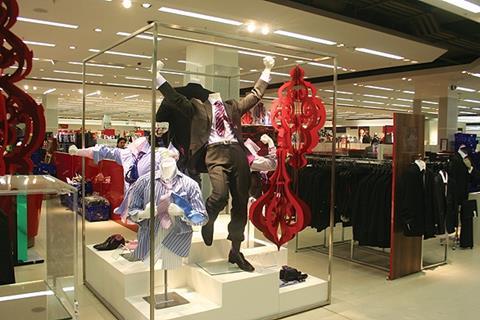
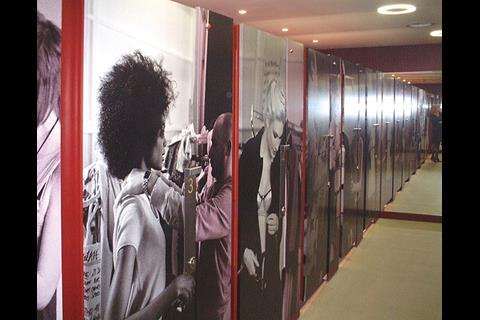

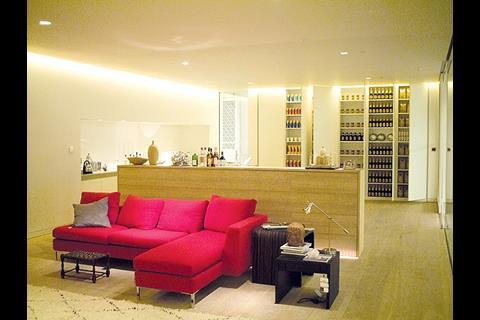
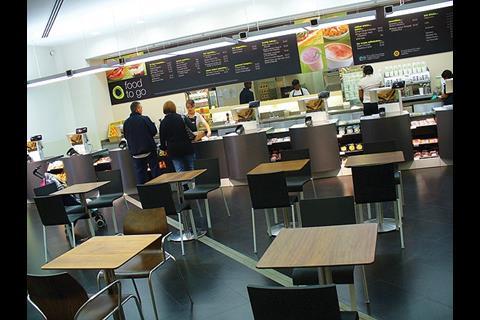
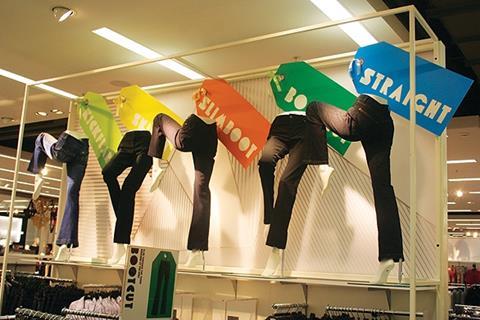
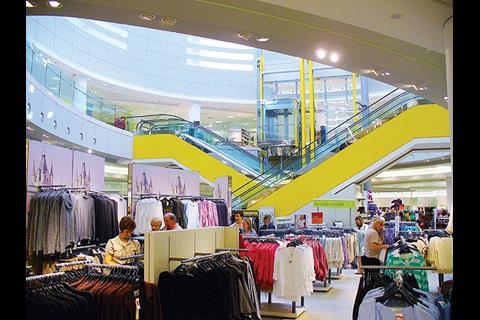
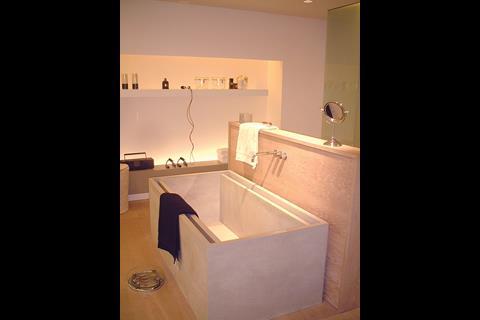


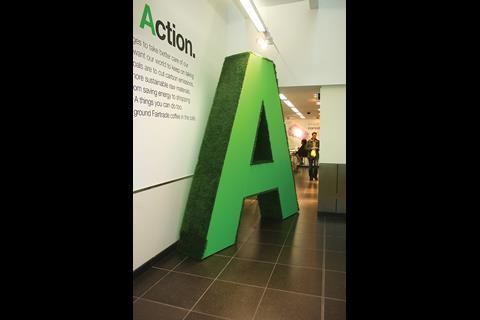
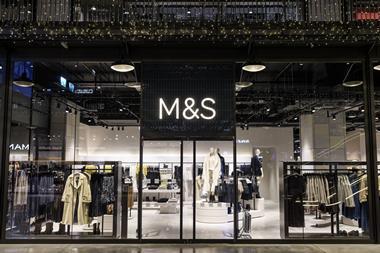


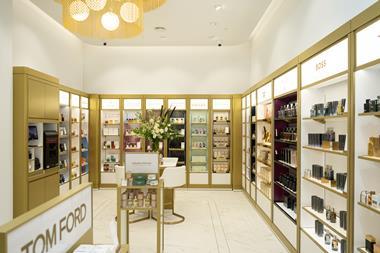


No comments yet